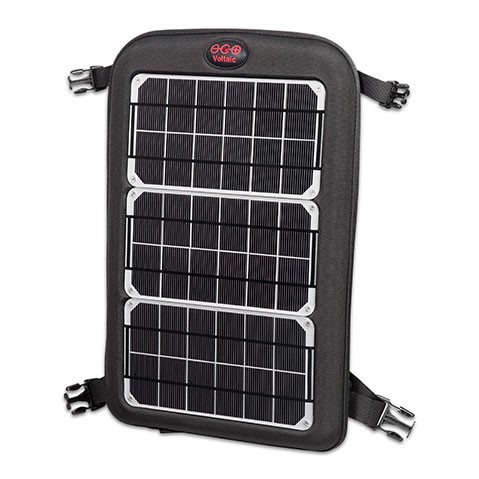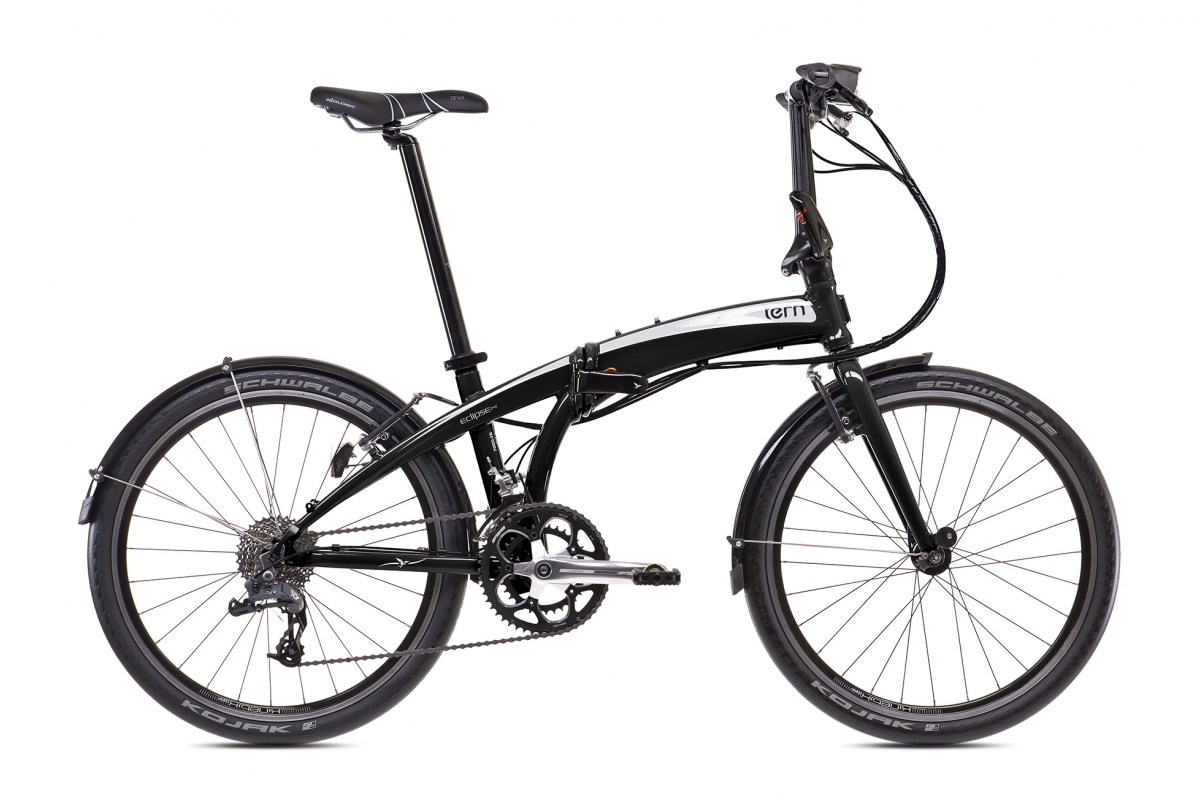A One Year Journey to a Folding Bike: Part Two
Continuing the search for a folding bike took many turns and walked through a tree of decision points leading to a final bike choice and purchase. This is part two of the journey to the final folding bike purchase.
We left Part One with the following list:
- Less than $2,000 with all parts installed.
- Not full-size wheels (700cc).
- Can fit into a large suitcase for airline travel.
- Folds and locks relatively fast, say in under 30 seconds.
- Can accommodate a dynamo hub for power generation (lights and smartphone).
- Has a local bike shop which sells and services the bike.
I've since added a new one:
- Can accommodate a cargo rack to hold full-size panniers and possibly grocery bags for shopping; a stretch goal being a front rack/basket for a backpack as well.
Let's walk through the desired attributes of my fantasy bike:
- Less than $2,000 with all parts installed. This budgetary reality cuts out many of the fancy carbon fiber folding bikes. They sure are light, but also a price premium. My reality is that for $2k, there are plenty of light bikes, just not ultra-light. Anything under 12 KG is light enough for daily usage and hauling.
- Not full-size wheels (aka 700cc). I kept thinking I needed to have the smallest wheel possible. In reality, the variety of folding arrangements doesn't necessarily require the smallest possible wheels. Some Citizen Bike models, most Strida, and the Dahon EEZZ use 16"/40.6 cm wheels, and they do fold up pretty small. However, some of the next two larger sizes (20" and 24") fold up quite small as well. My informal measurements showed the following common wheels sizes on the various folding bikes I researched and tested:
- 16"/40.6 cm wheels
- 20"/50.8 cm wheels
- 24"/61 cm wheels
- 26"/66 cm wheels
- Can fit into a large suitcase for airline travel. It turns out that the folding arrangement matters more than the size of the wheels (to a point). The largest folding bikes, generally Montague, with their 26"/66cm wheels, require the largest of suitcases to accommodate the wheel diameter. However, the rest of the wheels (16-24") all fit in a large suitcase just fine.
- Folds and locks relatively fast, say in under 30 seconds. I reduced the time to under 15 seconds. In thinking about actually having to fold up the bike, likely I'd be doing it to get on a subway, bus, or into a taxi/uber/ride car. While many times I have the luxury of time to be able to fold the bike in advance, the ability to fold the bike very fast will be key when I really to do so quickly. It's the difference between making a flight or meeting and not doing so.
- Can accommodate a dynamo hub for power generation (lights and smartphone). In joining the modern world, many people use their phone for navigation. I'd also like to be able to hold conversations while riding (via bluetooth headset). This takes a dynamo hub to power the phone, or at least re-charge it. I have a Voltaic Fuse 10W portable charger. Strapping it to the backpack for short-haul riding (like for errands) is a bit impractical.

It's great for longer hauls, but not really practical for short/medium trips. There are many solutions for the smaller wheel diameters and smaller fork sizes. In fact, since the wheels are smaller, they hold a higher RPM which allows for more power to be produced than a 26" or larger wheel. Dynamo hub manufacturers take the wheel diameter into account to try to increase power with lower RPM wheels. The same innards on a smaller diameter rotates faster, and therefore produces more power.
-
Has a local bike shop which sells and services the bike. The theory here is to "support your local bike shop". I want the convenience of walking to my favorite shop and having them handle the service, parts, and such with the bike. This may limit my choices, but in reality, my local bike shops are happy to work on any bike I bring in, even if they custom order it as a one-off just for me.
So where does all this end up?
After all this research, countless test rides, understanding the trade-offs, salivating over accessories, I finally decided on the Tern Eclipse p18L. Spoiler alert, I already told the careful observer about this decision.

The 24" wheels provide stability, the 18 speeds provides a vastly larger riding range, and the integrated hub provides the power. Adding on a rear cargo rack and front kanga rack turn this into a real adventure touring bike. It's 11.8 KG, so light enough to pick up and haul around if needed. When I get tired of riding, I can fold it up, bring it on a bus, train, plane, or car and finish the journey. I look forward to my first century ride on the Night Rider.